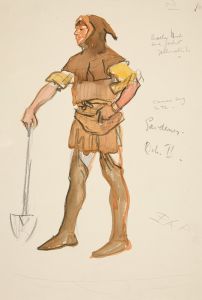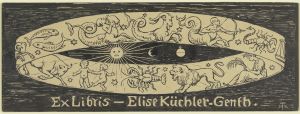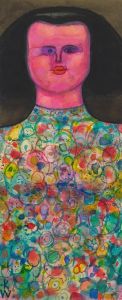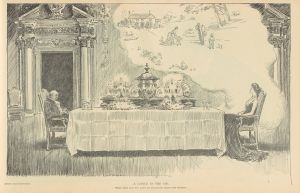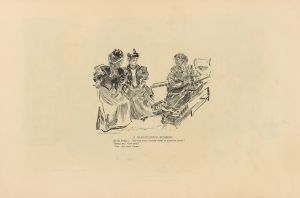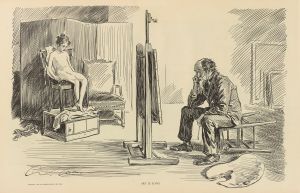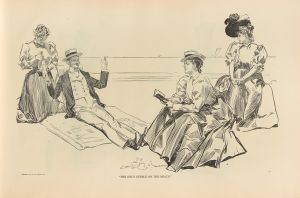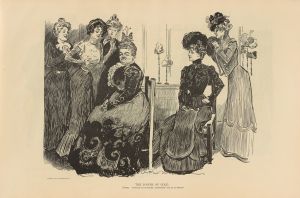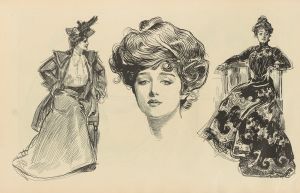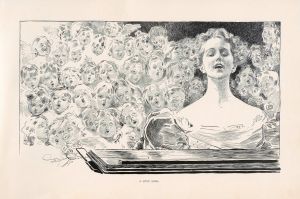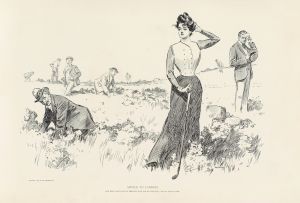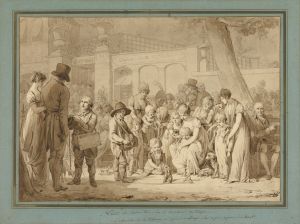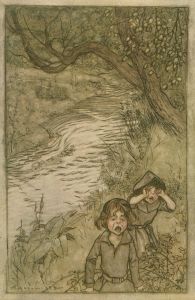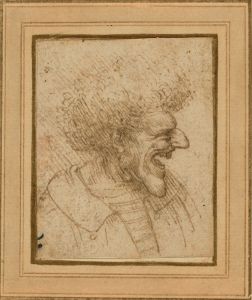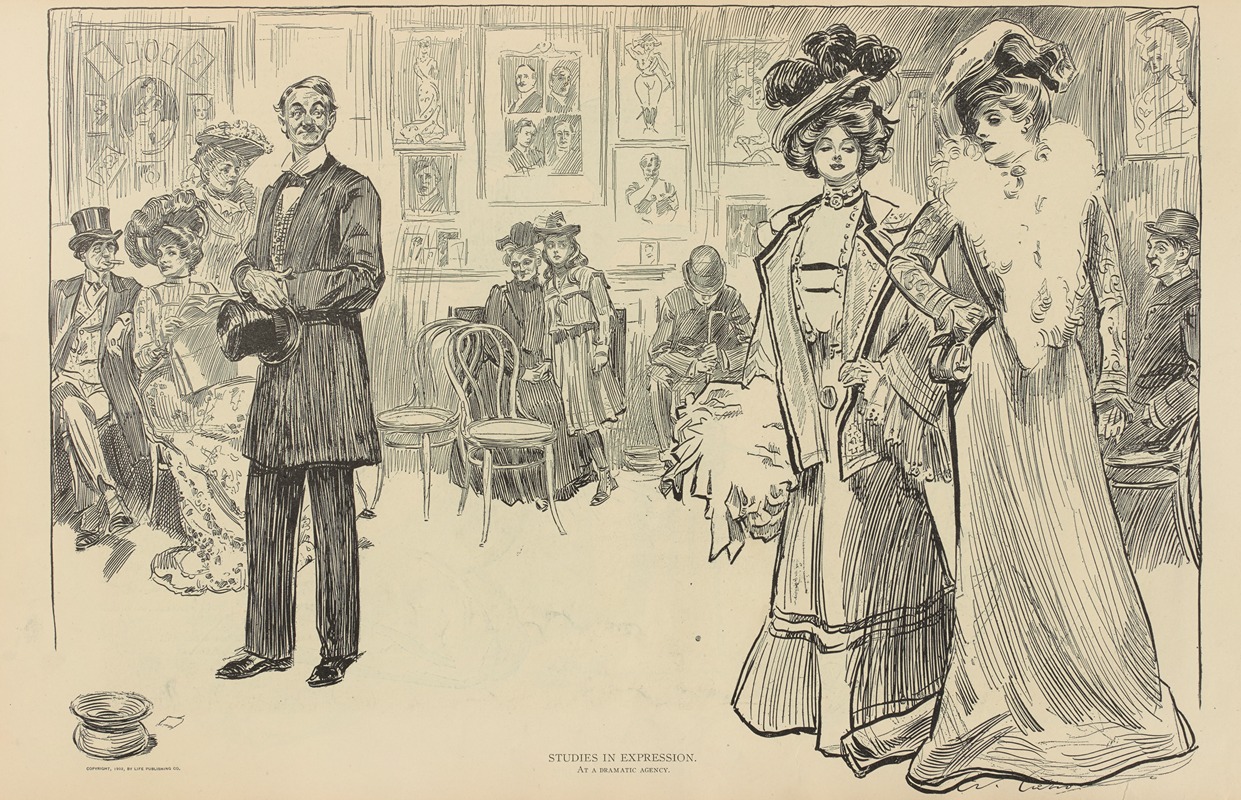
Studies in expression, at a dramatic agency
A hand-painted replica of Charles Dana Gibson’s masterpiece Studies in expression, at a dramatic agency, meticulously crafted by professional artists to capture the true essence of the original. Each piece is created with museum-quality canvas and rare mineral pigments, carefully painted by experienced artists with delicate brushstrokes and rich, layered colors to perfectly recreate the texture of the original artwork. Unlike machine-printed reproductions, this hand-painted version brings the painting to life, infused with the artist’s emotions and skill in every stroke. Whether for personal collection or home decoration, it instantly elevates the artistic atmosphere of any space.
Charles Dana Gibson was an influential American illustrator best known for his creation of the "Gibson Girl," an iconic representation of the American woman at the turn of the 20th century. Among his notable works is "Studies in Expression, at a Dramatic Agency," which exemplifies his keen ability to capture the nuances of human expression and social situations through his art.
"Studies in Expression, at a Dramatic Agency" is a black-and-white illustration that showcases Gibson's talent for depicting character and emotion. The artwork portrays a scene inside a dramatic agency, a place where actors and actresses would go to find work in theater productions. This setting provides a rich backdrop for Gibson to explore a variety of expressions and personalities, as individuals in the performing arts are often required to convey a wide range of emotions.
In the illustration, Gibson presents a group of individuals, each displaying distinct facial expressions and body language. The characters are likely actors or aspiring performers, and their expressions range from hopeful anticipation to nervous anxiety. This diversity in expression highlights Gibson's skill in capturing the subtleties of human emotion, a hallmark of his work.
Gibson's style is characterized by its detailed line work and attention to detail, which is evident in "Studies in Expression, at a Dramatic Agency." His use of pen and ink allows for precise rendering of facial features and clothing, adding depth and realism to the scene. The composition is carefully arranged to guide the viewer's eye across the various characters, creating a dynamic and engaging narrative within a single frame.
The illustration not only serves as a study of expression but also offers a glimpse into the social dynamics of the time. The late 19th and early 20th centuries were a period of significant change in the United States, with the rise of the entertainment industry and the evolving role of women in society. Gibson's work often reflected these changes, and "Studies in Expression, at a Dramatic Agency" can be seen as a commentary on the aspirations and challenges faced by individuals in the performing arts during this era.
Gibson's influence extended beyond his illustrations; he played a significant role in shaping the visual culture of his time. The "Gibson Girl" became a cultural icon, representing the idealized image of beauty, independence, and confidence. While "Studies in Expression, at a Dramatic Agency" does not feature the "Gibson Girl" per se, it shares the same attention to character and societal observation that made Gibson's work so impactful.
Overall, "Studies in Expression, at a Dramatic Agency" is a testament to Charles Dana Gibson's mastery of illustration and his ability to convey complex human emotions through art. The piece remains a valuable example of his contribution to American illustration and continues to be appreciated for its artistic and historical significance.





